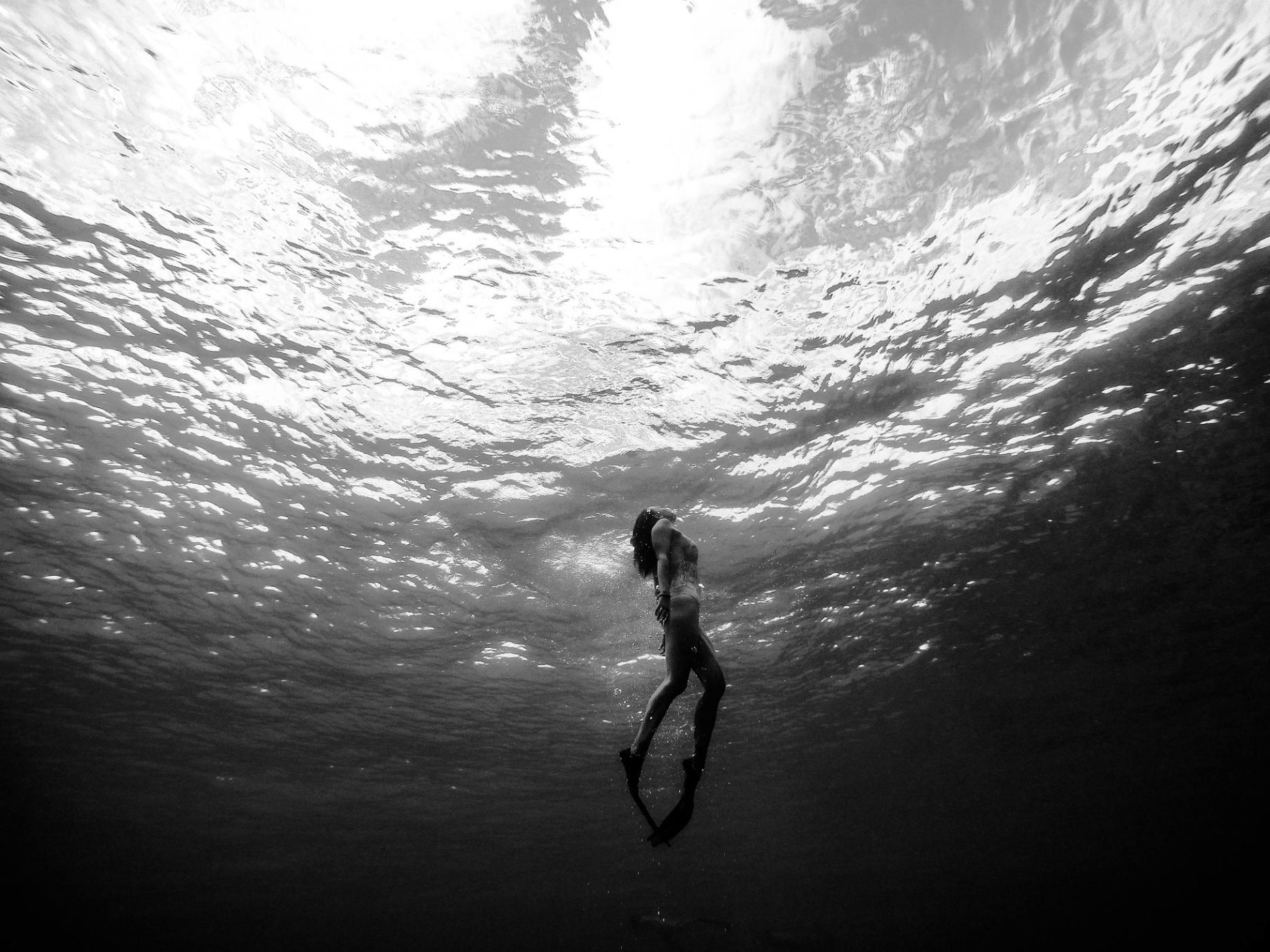Make a Splash in Post
Even with perfect exposure and composition, post-processing takes your underwater images to the next level. Use these editing techniques to get pro-quality sea shots.
Start by correcting color casts or haze using white balance tools. Increase vibrance and saturation, but don’t overdo it. Next, adjust brightness, contrast, highlights, and shadows for a balanced exposure.
Reduce noise, then selectively sharpen areas like eyes to draw focus. Darken backgrounds to make subjects pop. Crop images to perfect framing and orientation.
Essential Underwater Photo Edits:
- Color correct and reduce haze
- Optimize brightness, contrast, and exposure
- Reduce noise and enhance sharpness
- Emphasize subjects by darkening backgrounds
- Clean up backscatter or distractions
- Crop for ideal composition and orientation
Underwater Photo Editing Goals:
| Objective | How/Tools |
| Color correct | Temperature, tint, filters |
| Ideal exposure | Levels, curves, shadows/highlights |
| Detail and sharpness | Noise reduction, sharpening |
| Emphasize subject | Exposure adjustments, vignettes |
With the right post-processing workflow, your underwater shots will leave viewers in awe. Unleash the full impact of your images.





